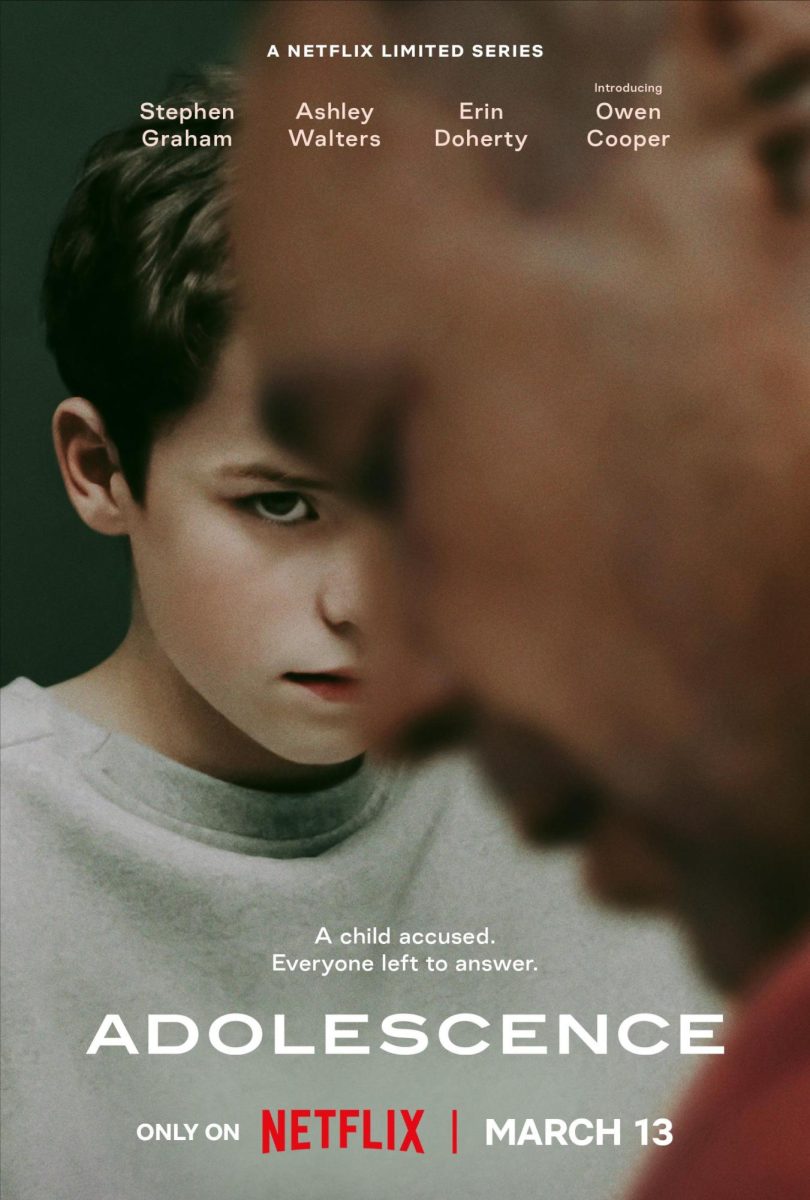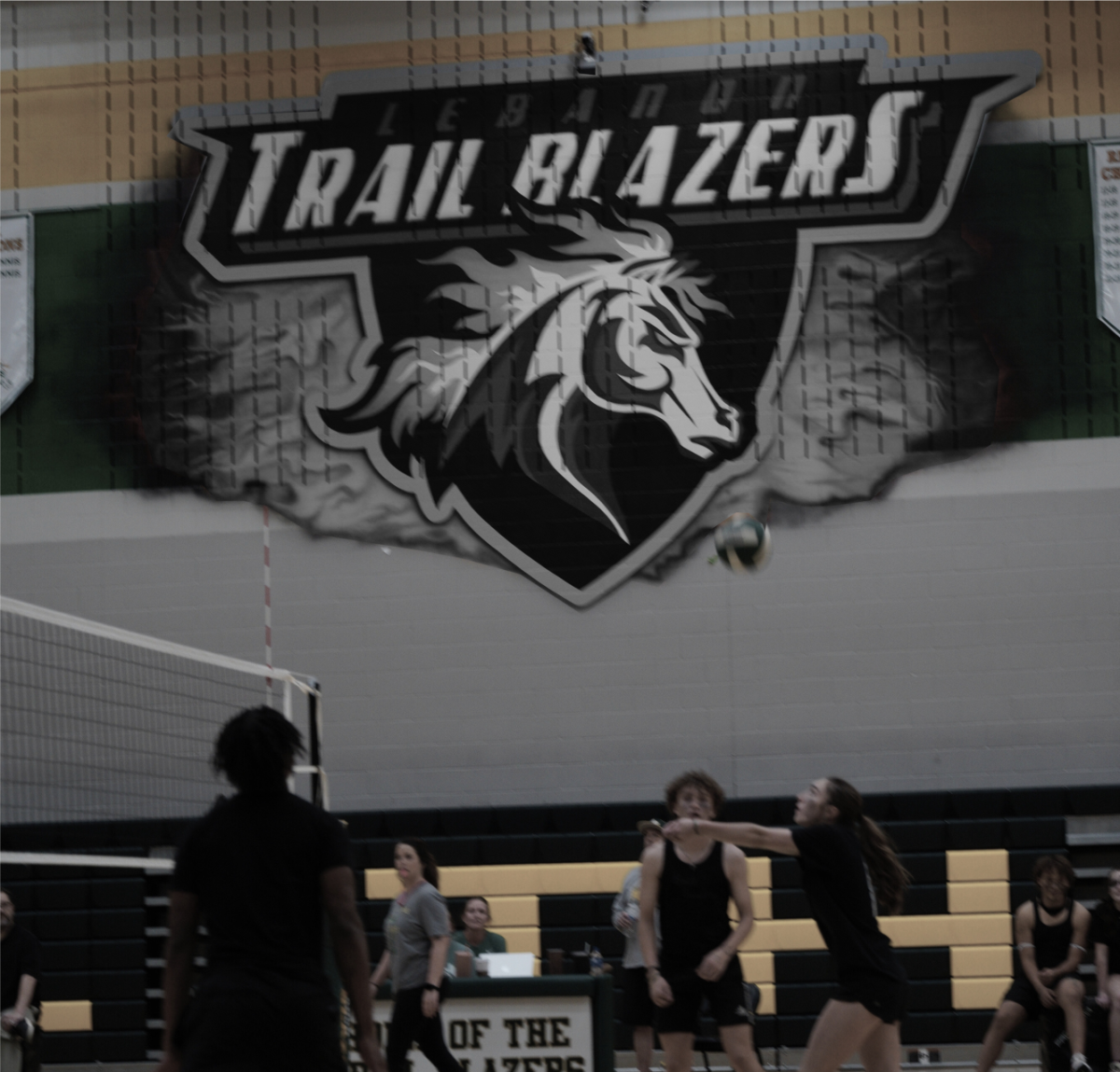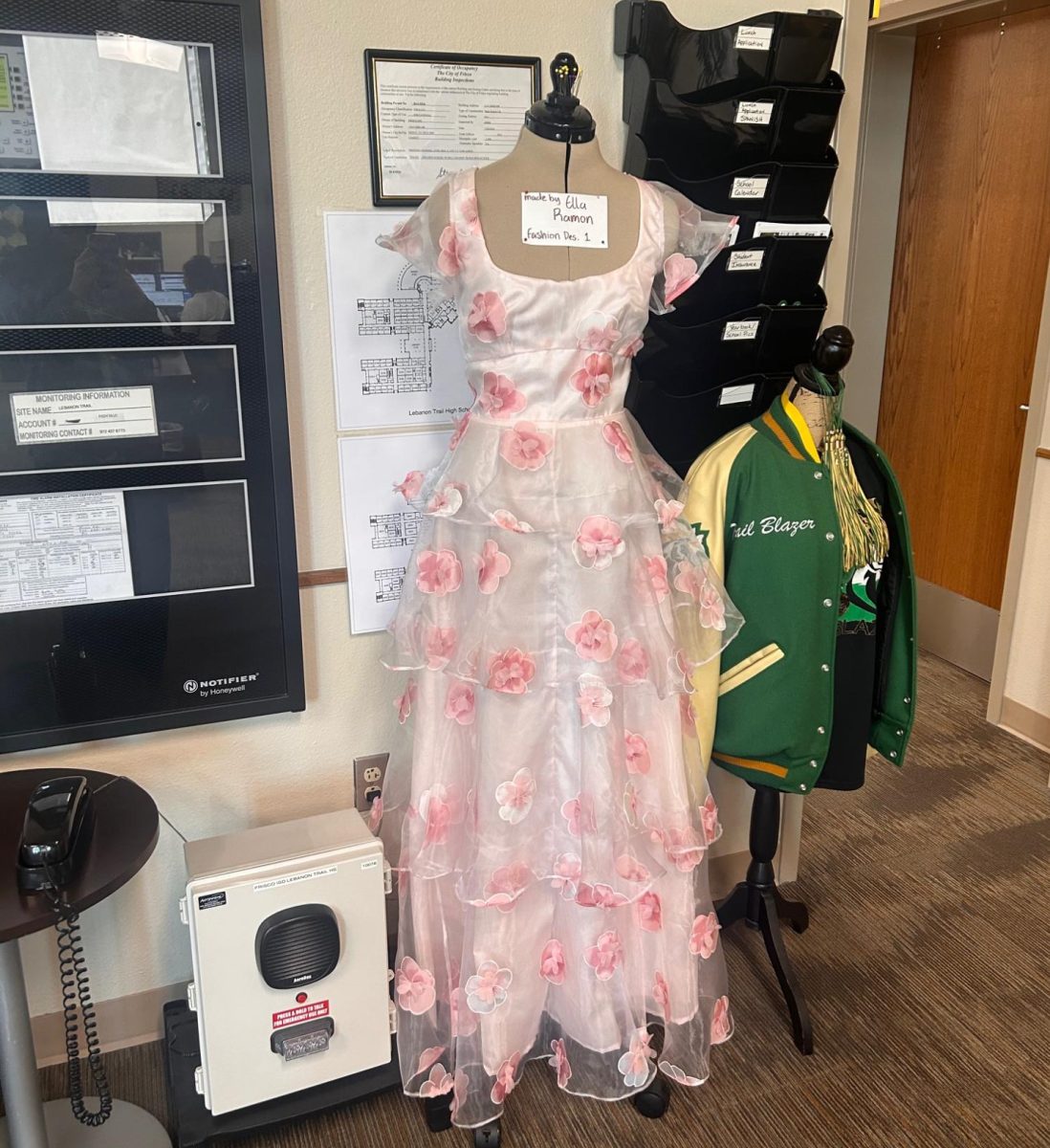Carmen’s review –
Episode One:
From an objective and entirely technical standpoint, the pilot episode’s production, script, CGI, and pacing were good. The scene transitions were smooth, and the entire arc of the first episode—from exposition to resolution—was ideally constructed to keep viewers engaged with the story. Nevertheless, from a subjective standpoint, several things disgruntled me. I must warn you, reader, there will be spoilers ahead.
First, let’s start with the positive changes:
- The very first clip is set 100 years before the actual time period of the story, and it provides useful insight into the beginning of the Hundred Year War, the Fire Nation’s first attacks, what led to Aang’s disappearance, and what became of the entire Air nomad population. I believe that these changes provided stellar information regarding the world’s history and context for the central plot of the story.
- Secondly, and this is a topic of much contention, Sokka’s character in the 2005 version of the show was somewhat misogynistic at the beginning, this changes throughout the series as he undergoes an amazing character arc, showcasing positive character development. Despite this, Netflix took his sexist tendencies away, angering fans who thought that Sokka’s entire character development had been fully erased. However, I don’t see this development as a bad thing, considering well-developed character arcs don’t require sexist roots for them to flourish and demonstrate the true artistry of good characterization.
- The casting—even though there are some actors (Katara and Sokka’s actors, for instance) who seem to be a tad too old in comparison to Gordon Cormier (Aang)—is pretty good and is mindful of the original show’s characters’ backgrounds.
Now onto the things I didn’t like:
- Aang being able to fly without his glider. This bothers me because it is not something he can do in the original show, and even though it is a minor change, it is still a wrong representation of air bending.
- Katara’s character was completely flat. In the original show, she is one of the most crucial characters, and her motherly, cautious, and protective nature plays a big role in the development of the story. However, in the live adaptation, her characterization is terrible and bland, making her seem more of a dependent and unimportant character rather than the reliable and fierce character she actually is.
- Sokka’s character is something that bothered me too. In the 2005 version, he is the comedy relief character who has one of the best lines. However, in the show, he seems too serious, and his few, humorous lines seem forced. Perhaps that is something more related to acting, but it still gives an incorrect representation of the character.
In general, even though I wasn’t a big fan of the first episode, I saw potential and was excited to see where the series would go.
Episode Two:
This episode, titled “Warriors”, was already so much better than the first one. The level of production and visuals remained on par with the first episode, and the pacing and structure were also very similar to the first. This, however, was entirely fine because it allowed enough time to be spent on various things. This includes the context on the air nomad’s untimely end, more context on Zuko’s condition, and why it was so important for him to capture the Avatar, Kyoshi Island and the discoveries the Gaang make there, and General Zhao’s introduction. In my opinion, this episode was executed better than the first, seeing as it gave more depth to individual characters.
Sokka’s character had more development in this episode, and he seemed more similar to the original character. His humor and awkward personality were able to shine this time around. In general, I think this was an improved take on the original show because it remained more true to the story, which in turn helped positively develop the plot and character relationships, especially between the three main ones (Sokka, Katara, and Aang). However, I still didn’t like the way the writers of the show were handling Katara’s character, they took away too much character bulk from her, leaving her entirely too surface-level and bland.
Episode Three:
When I started watching this episode and saw that the name was “Omashu”, I got excited. In the original series, the visit to Omashu is a very thrilling part of the first season because it’s when Bumi (the king of Omashu) gets introduced, and we get to see a glimpse of other cultures and the way other kingdoms function, which further expands on the show’s worldbuilding. However, the live-action grasped too many different plot points and jammed them together into an approximately 40-minute episode, which made everything a bit difficult to follow. Many characters were introduced at once, and with them their corresponding stories and complex character arcs. The intermingling of Jet’s character line, Zuko’s search for the Avatar, and the traitorous inventor who was seeking refuge in Omashu made for a very packed episode.
Due to this, I wasn’t a big fan. I thought that the overcharged nature of the episode took away from the overall experience of the plot points. And, in my opinion, all these storylines, at least in the original, are vital to the story because they demonstrate the horrendous side effects of war and violence. By mixing them up together into one episode, their importance and overall impact were diminished.
Episode Four:
In the original show, there was a legend about a pair of ancient lovers who lived in two warring villages, and because their people hated each other so much, they had to devise a secret way to meet. Their clandestine meetings took place inside a maze of impassable tunnels that ran through the mountain that separated their villages. They made the tunnels so hard to get through, and hid their secret so well, that everyone that dared walk in would never find their way back. As centuries went by, their story became a popular legend, which said that “love shines brightest in the dark,” alluding to the couple’s belief that only they knew the way through the tunnel because they loved each other so deeply.
This episode was okay. The way they decided to interpret the story about the legend seemed good enough, however, I didn’t appreciate the fact that the characters were too quick to figure everything out. This took away from the high stakes that were present in the original. But, again, taking into consideration that the producers and writers of this show had to put 20 episodes worth of information into eight, I think they did a good job overall.
Bhavana’s review –
Episode Five:
Rating: 5/10
This episode encompasses the spirit realm where Aang and his friends are trapped in the spirit world. Each character faces their deepest fear. Sokka, who carried the weight of the Water Nation on his shoulders, feared disappointment from his father, who had left the Southern Water Tribe to fight the Fire Nation.
Sokka’s fear of disappointment proved to be a limitation, as he had a lower sense of self-esteem and self-reliance.
Katara’s fear stemmed from the loss of her mother, who died to save Katara’s life. After the Fire Nation raided the Southern Water Tribe looking for the sole water bender in the village, Katara went into hiding while her mom claimed she was the waterbender to protect Katara. As a result, she was killed by a Fire Nation warrior, which caused Katara to blame herself for her mother’s death.
Aang, however, blamed himself for the death of his fellow airbenders. However, Aang was aware he was in the spirit realm because he is the Avatar, so he tried to find a way to get his friends out of the realm. (as he already escaped). Overall, this episode was mediocre because the special effects seemed fake and poorly executed.
Episode Six:
Rating: 8/10
I loved this episode because it is one of my favorite episodes in the Nickelodeon Animated series. I would have given it a 10 if it had been more consistent with the original series.
Aang travels to the Fire Nation alone to meet Avatar Roku and break his friends out of the spirit world. After he meets Roku, the Fire Nation notices an intruder and they close down. Suddenly, a blue-masked guy rescues Aang and they break free from the fortress together.
This blue mask, Aang later found out, was Prince Zuko, who rescued Aang to capture him for himself. During their escape, Zuko was wounded, so Aang and Zuko reached a safe place together, where they exchanged a brief conversation.
As Aang and Zuko converse, Aang notices Zuko’s kind and deeply hurt heart, in which he believes Zuko has the potential to change. However, when Aang speaks out of line about Zuko’s father and the Fire Nation’s dehumanizing attacks on the other nations, Zuko flares up and tries to harm Aang.
Aang responded with air, which knocked Zuko from consciousness. He was found by Uncle Iroh at the end of the episode, where he lay tied to a boat in the sea, and regained consciousness.
Episode Seven:
Rating: 4/10
Katara and Sokka break free from the spirit realm. Aang, Katara, and Sokka travel to the Northern Water Tribe, to learn waterbending from tribal masters. As Aang and Katara practice their water bending, Sokka meets the Northern Water Tribe’s Princess, Yue, and he falls in love, once again.
In previous episodes, Sokka and Suki kissed, so I felt betrayed when he kissed Yue. Moreover, in the animated series, he doesn’t kiss anyone, he merely flirts with them. But, in the series, he catches feelings for both women, which I found unappealing.
Although Sokka’s sexism arc didn’t transfer over to the show, the northern waterbenders were still sexist towards Katara. Katara was told because she was a woman, she should only use her powers to heal, not fight, and was refused training by waterbending masters. I found this arc contradicting compared to Sokka’s. Sokka was set to evolve over the three seasons and become more liberal, but his entire character development has been stripped away from the live-action.
Later in the episode, we also learn of Yue’s strange connection to the spirit realm (watch the series to learn). Aang, with Yue’s guidance, went into the spirit realm and confronted Kuruk, who warned Aang of the dangers of bringing his friends along on a journey that was meant for him alone.
When Katara desperately tried to convince the waterbending masters of her ability to fight, Aang didn’t support her because he was scared of losing his loved ones once again. Katara, angered by the Northern Water Tribe’s constant refusal, fought waterbending master Master Pakku, showcasing her abilities in front of the village. Master Pakku still refused to teach Katara even after she displayed her skills.
Episode 8:
Rating: 6/10
The show was too rushed because I barely got to witness Aang and his learnings/mastering of water bending as a whole this season. The focus of this season is about Aang mastering water, hence why there are three parts: Water, Earth, and Fire.
I was disappointed I didn’t see the evolution of Aang’s forms or more practice with waterbending master Pakku. Instead, Zhao and his fleets finally arrive at the Northern Water Tribe, where Zhao plans to manipulate the water spirit of the Northern Water tribe and kill the moon spirit, the spirit that gives Yue life and keeps the Northern Water Tribe peaceful and prosperous.
Pakku finally understands that he must teach Katara the prowess and power a true waterbender must possess after learning the consequences of his previous refusals. The fighting scenes were executed brilliantly, although it was heavily CGI-based, and I was enjoying every moment of it. We also come to know of Sozin’s comet, which sets up season two and season three based on this comet, as it gives the Fire Nation more power than any other nation, reasonably so, to attack.
The series ends with Fire Lord Ozai sending Azula and her friends on a journey to capture the Avatar but first, infiltrate Omashu and plan an attack. To save the Northern Water Tribe and empower the moon spirit, Yue sacrifices her life to end the attack on them.
We also see a significant change in Zuko’s mindset in this episode, as he learns that no matter what he does, he will never truly be accepted by his father, who disregards his existence out of shame. Overall, the show evolves to expose viewers to the second and third seasons.
This time around, the series and concept was well done, and the effects, compared to the movie, were ethereal and showed the dimensions and capability of CGI and graphics. Although the show improved greatly from its last movie adaptation, it did present some unrealistic storylines and didn’t execute some scenes very well. As a free watch on Netflix, I would recommend giving the series a try, especially if you are an avid live-action fan or enjoy the original series Avatar: The Last Airbender (the Nickelodeon animated series). Either way, sit back, relax, and enjoy!

















